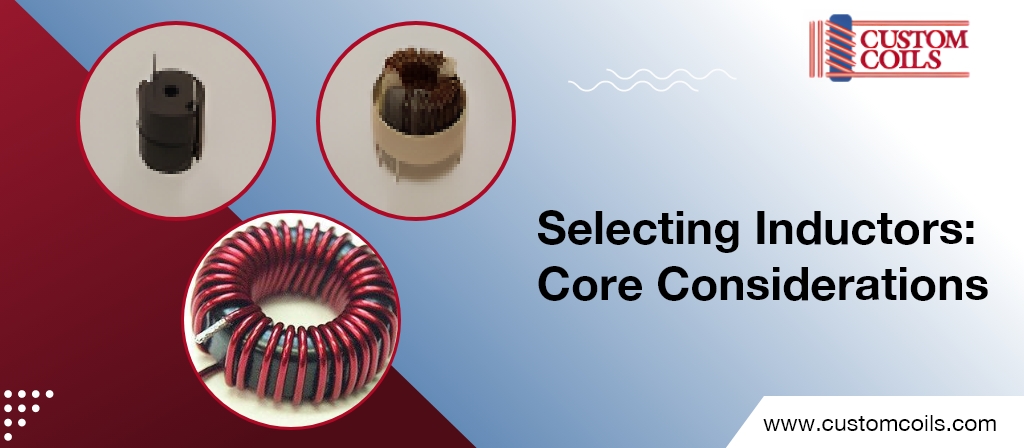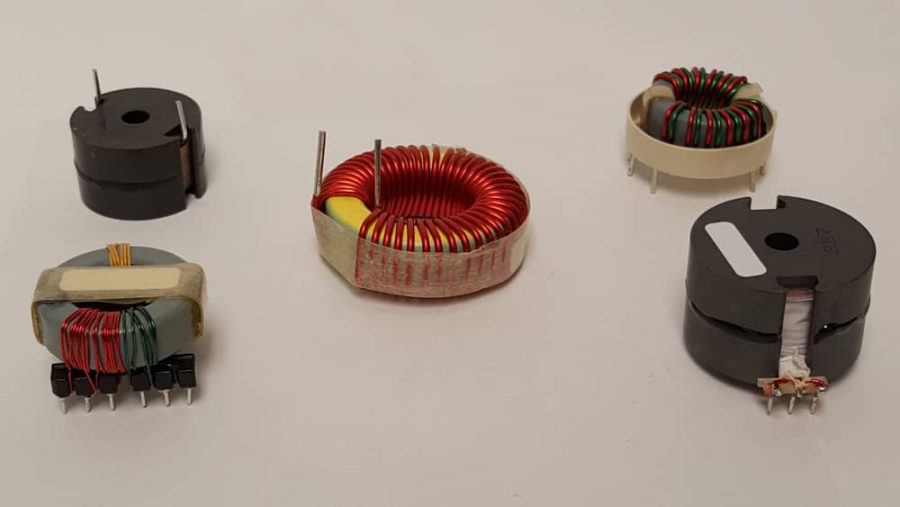Designing an electrical circuit can be challenging due to the components involved. There are several components that need careful analysis and the right selection to ensure effective results. An inductor is one such component that requires some consideration because it facilitates the conversion of electrical energy in an electrical circuit. Also, it stores energy between different operating modes in the electrical circuit. An inductor comprises a coil and core, where the latter is made of iron and other ferromagnetic materials such as steel. Choosing the right core material is important to ensure the proper functioning of an electrical circuit. This post offers tips on choosing between them for your application.

Overview of Iron Core Inductors
The primary purpose of iron core inductors in the power supply is to lessen ripple, which would otherwise result from the load’s variable current consumption. They are used in transformers to step up AC during altering frequencies. If the iron core conductor is not used then counter electromotive force will be induced with each cycle of AC. This would mean only half of each cycle is used. The iron core conductor in transformers restricts the change of magnetic field in one direction per cycle. It helps minimize the loss of energy in the form of electromotive force and helps the circuit utilize a complete cycle.
Overview of Ferrite Core Inductors A ferrite core is made of magnetic material such as iron oxide in powdered form. The core material of this inductor contributes to its high magnetic permeability and high electrical resistivity. Ferrite core conductors can be made of soft and hard ferrites. Soft ferrites are known to overturn the polarity of the inductor without outside energy. However, such changes are not noticed in hard ferrites because they are permanent magnets.

How Are Ferrite Inductors and Iron Inductors Different?
The following pointers will help you distinguish between ferrite and iron inductors.
- When there is a requirement for power or better current carrying capacity, iron core inductors make the best choice. The energy handling capacity of a ferrite core inductor will decrease as the flux density of the magnetic field rises, which can happen when load currents rise.
- Iron core inductors possess the highest current at zero frequency, while ferrite core inductors have the lowest current at the same frequency. Iron core inductors may transfer more energy due to this factor, however, the Q factor may reduce. At higher frequencies, ferrite cores have a larger Q factor but are less efficient in transferring energy.
- At high frequencies, iron core inductors have high magnetic losses and reach saturation easily whereas ferrites have fewer losses at high frequencies and also have resistance to saturation at higher frequencies. This allows ferrite cores to be used for compact and lightweight designs whereas iron core inductors are suitable for applications where magnetic field strength is a primary consideration.
- Ferrite inductors are commonly used in applications like RF filters, high-frequency inductors, and power supplies that operate at high frequencies whereas iron core inductors are used in power transformers, audio equipment, and other low-frequency applications where inductance and current-carrying capability are primary concerns.
How to Choose Between Ferrite and Iron Core Inductors
The choice between ferrite inductors and iron core inductors is not a matter of one being universally better than the other; instead, it depends on your specific application and its requirements. Instead, there are some key factors to consider:
- Operating Frequencies: Based on the requirements of your application whether it is high or low frequency, you can select ferrite core or iron core inductors, respectively.
- Size and weight constraints: If you have size and weight constraints, you require compact or lightweight designs, ferrite core inductors would be suitable.
- Efficiencies: With the requirement of efficiency in your application, you can select any of the inductors. Ferrites are more efficient as they have fewer losses.
In a nutshell, the choice between ferrite core inductors and iron core inductors ultimately depends on the unique demands of your application. This post offers you a brief idea of how and why to choose iron and ferrite inductors based on your different requirements. However, if you are still unsure which one to choose and want to invest in good quality inductors you must seek a reliable manufacturer. Custom Coils offers custom transformers and specialty magnetic components and is committed to providing quality and precision. Contact their experienced team today to discuss your requirements.

